Today, I took one of my damaged test prints, which I had used for some colour evaluation, to try my hand at painting the tracks. It's tedious and a bit nerve-wracking, since I've never done anything quite this small.
As you may know, the SU-100Y has large rubber tyres on the road wheels, but I didn't paint those because it would require a paint that I don't have. The regular black model paint that I have is glossy, which is great for tracks, but not so much for tyres. My airbrush paints, meanwhile, are all matte, but last time I tried using one of them with a regular brush, it was a disaster.
This isn't a duplicate image, it has a different focal point, which may better show what I'm talking about.
Had I a wider variety of paints, something that I don't simply because of shortages, then what I'd do is paint the wheels with either a matte black, or gloss black then dullcote, then paint the tracks with gloss black. Gloss black may seem an odd choice for tank tracks, but Soviet tanks that weren't produced during the Great Patriotic War generally had their track segments painted gloss black. Many tanks also had some rather fancy, decorative paint jobs, such as the red and white lines and dashes round the tops of T-28 and T-35 turrets.
During the War, tanks were produced in both the fastest and cheapest manner possible, with hulls frequently welded underwater and then immediately moved on to the assembly line, already cool. Tanks were painted in completely uniform colours at the factories, and any decorations ("За Родину," "Смерть Фашизму," pictures of German panzers on fire, etc.) were added by the crews. Furthermore, STAVKA determined, from extensively examining battlefield reports, that the average lifespan of a tank, once it was deployed, was a mere 9 hours. It was because of this that engine and transmission components were machined to rather loose tolerances; they weren't designed to run smoothly or last long. Tanks produced outside of this four-year period ("apocalypse" may be a bit more accurate) were typically made with much more careful workmanship; something which the Germans mistakenly did during the War. A perfect example of this stark contrast would be to examine the construction (particularly the welds) of an IS-2 made in 1944 versus an IS-2 made after 1945.
I decided to play around with this generic 5-tonne truck as well. What do you think? Does silver work for the windows?
Should I attempt painting the headlamps as well?
By the way, before anyone asks, NO, I will not attempt to paint red stars on any of these. What I intend to do instead is get some waterslide decal paper from Micro-Mark and print all the custom decals that I may need. "Победа будет за нами" ("victory will be ours") is currently painted on the side of the actual SU-100Y, for example. I'll be sure to share photos of my custom decals, when I finally get round to making them.
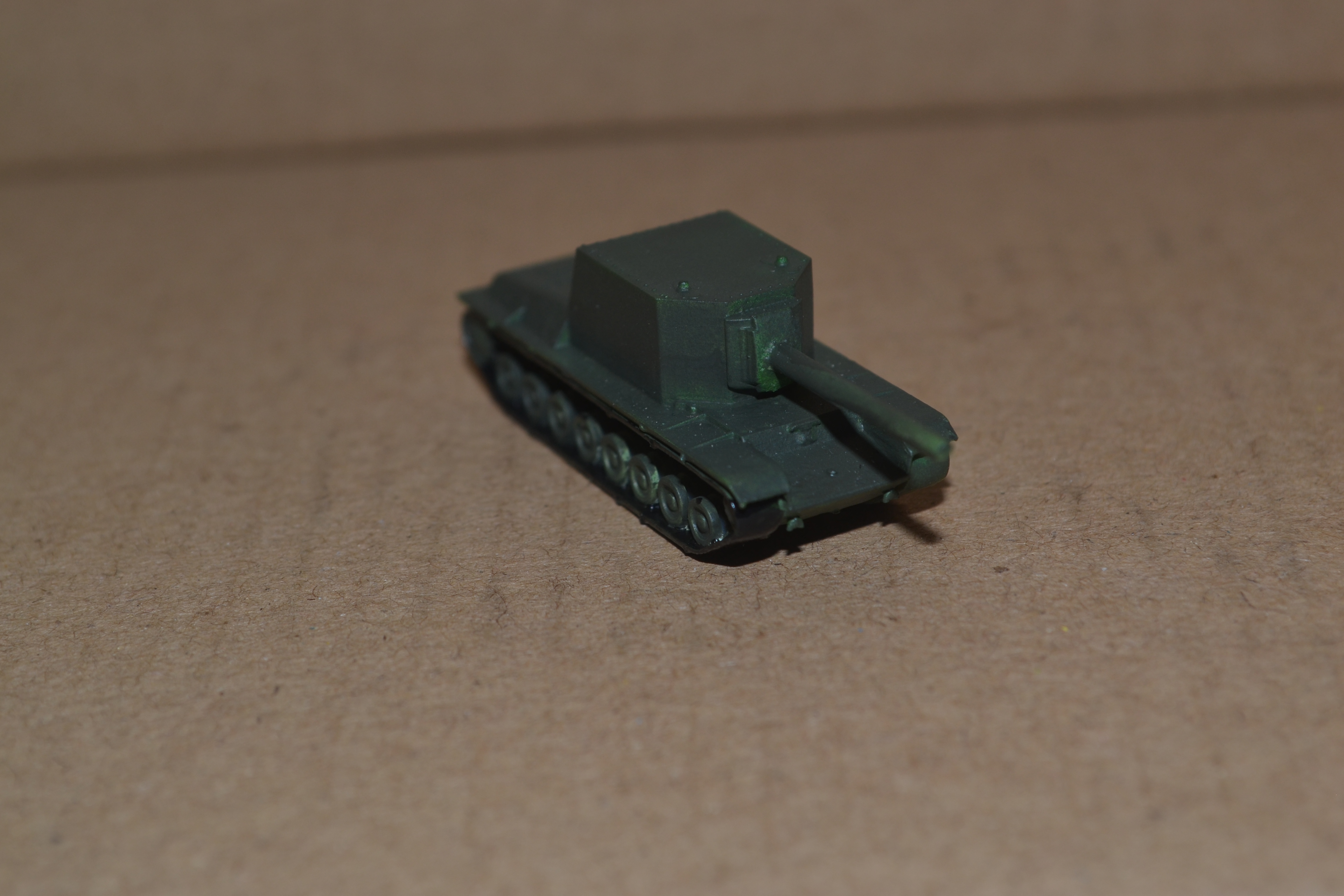
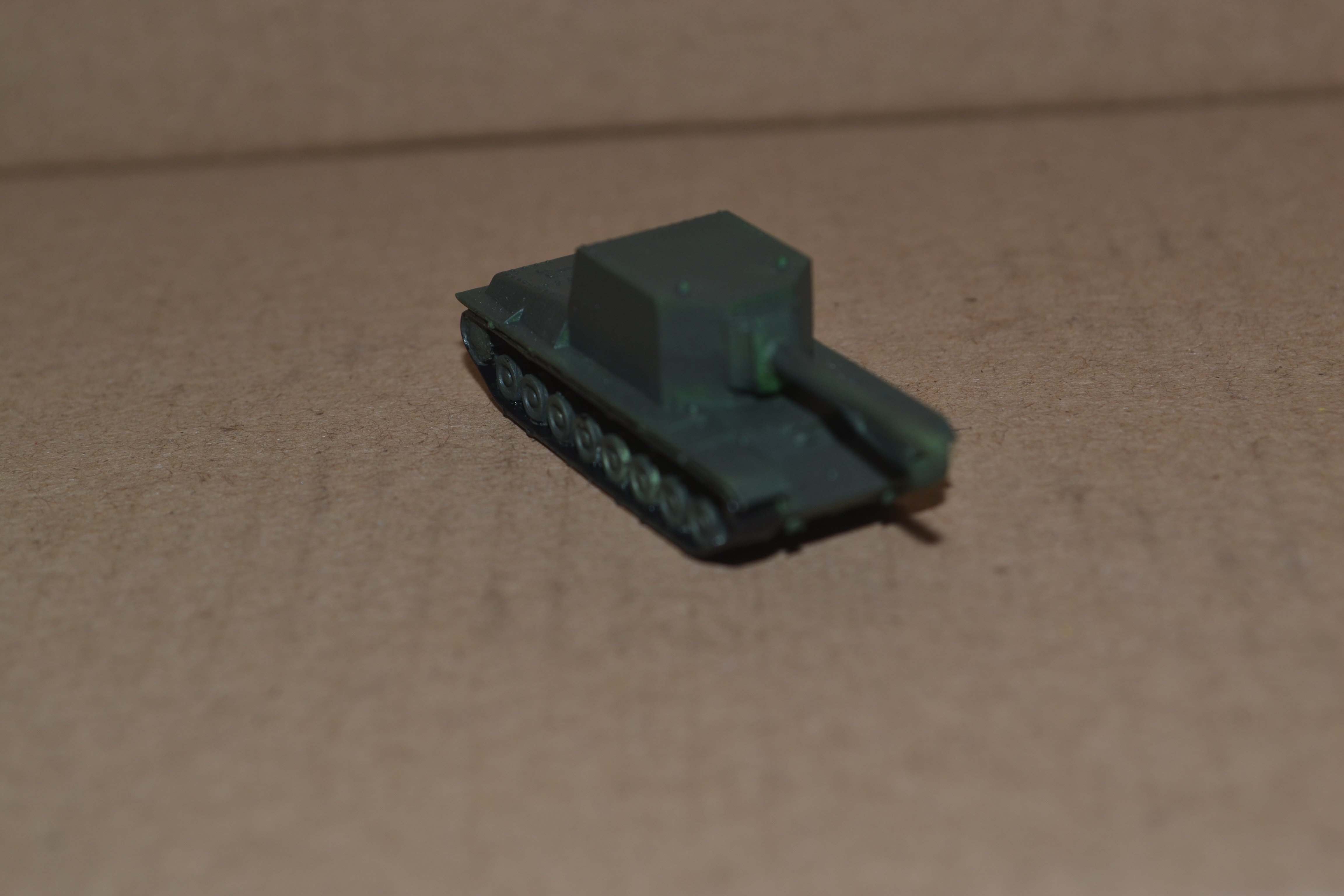
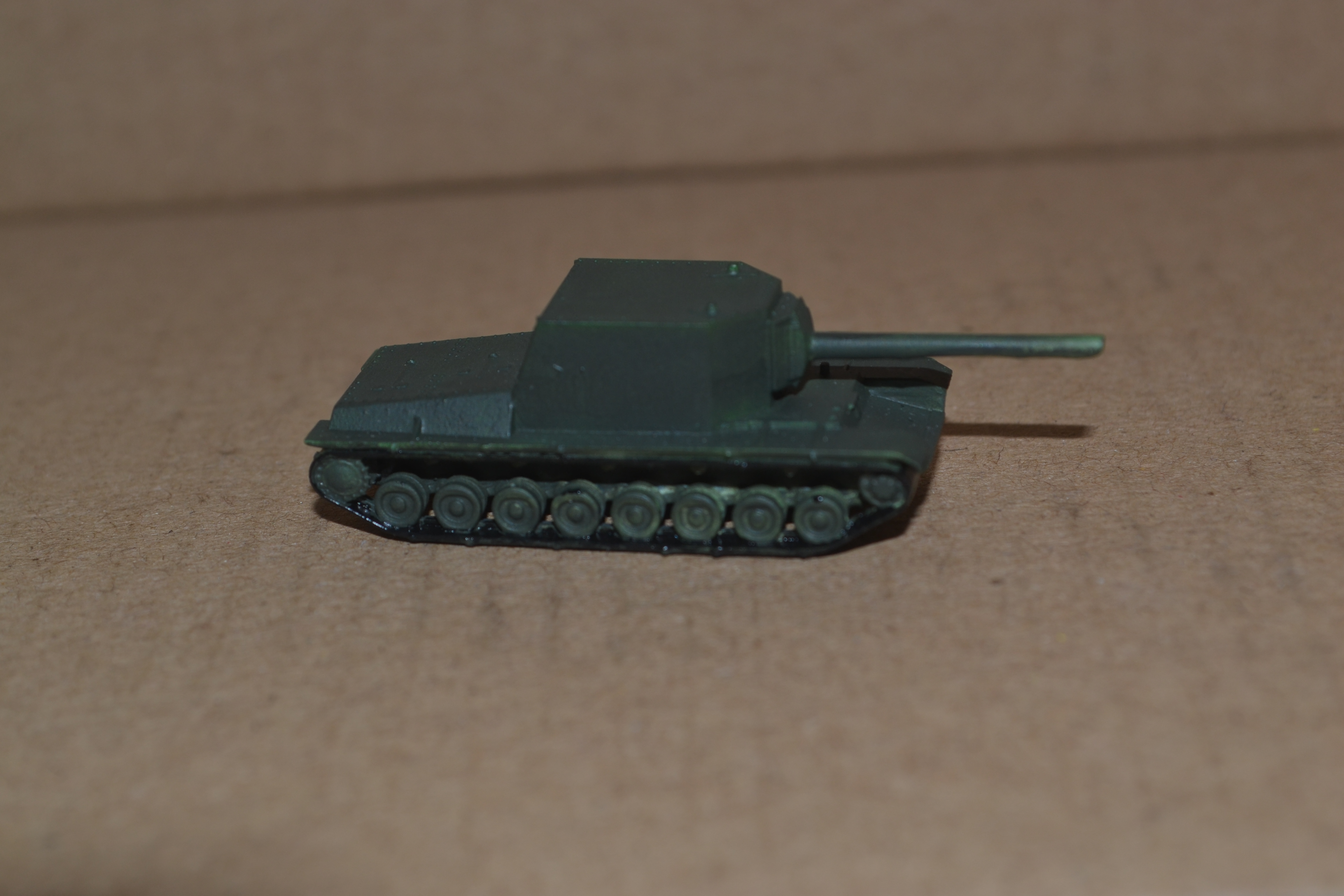
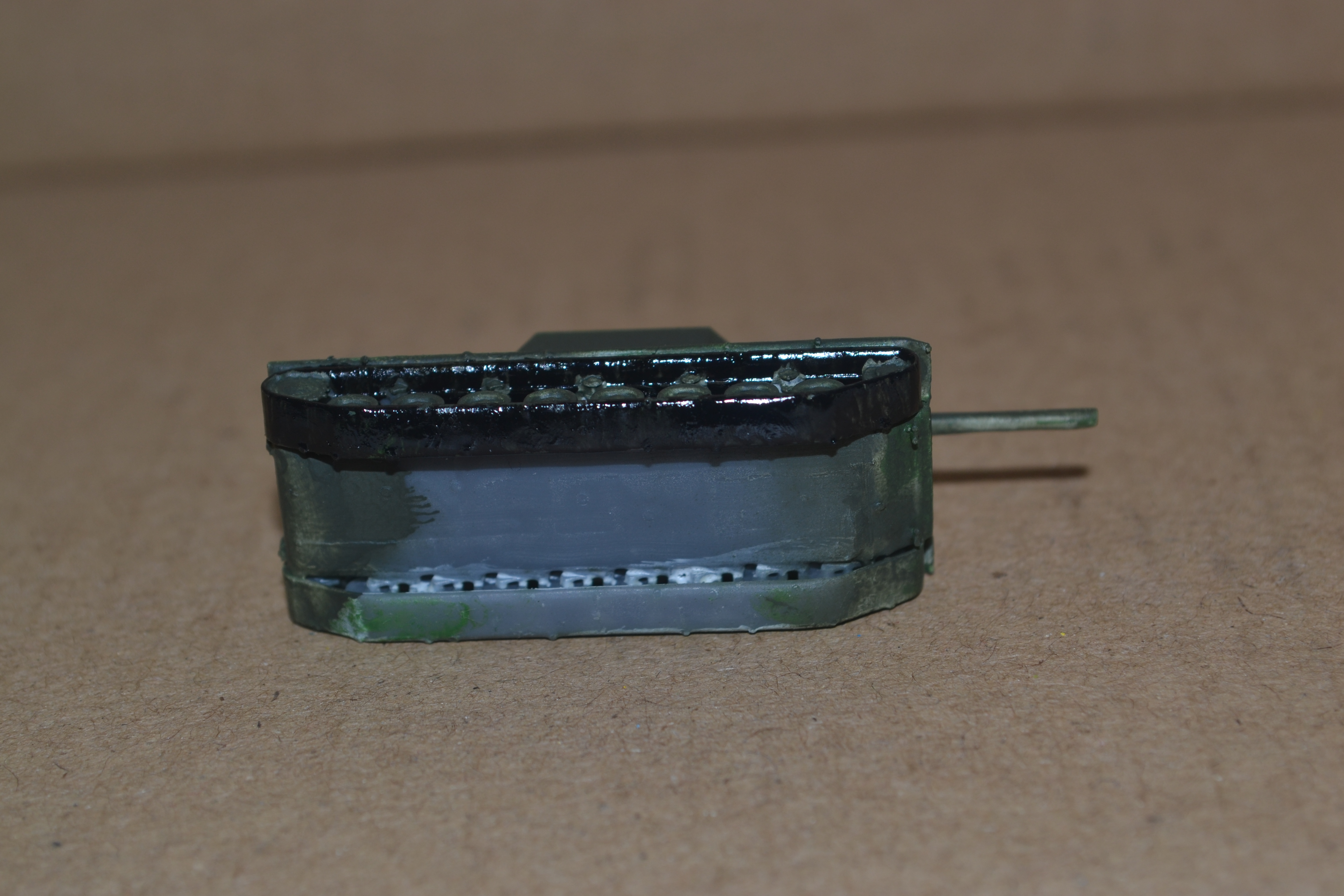
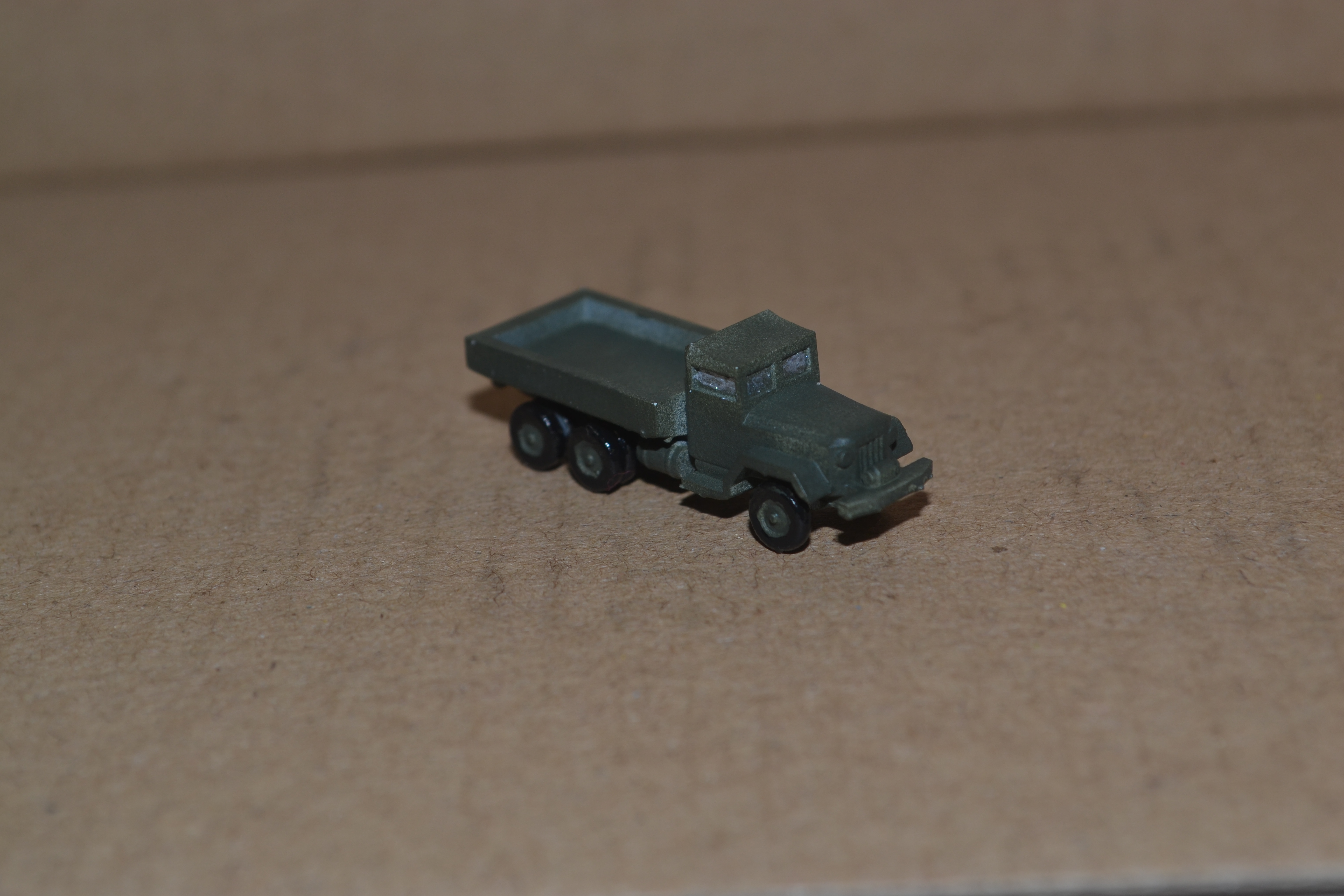
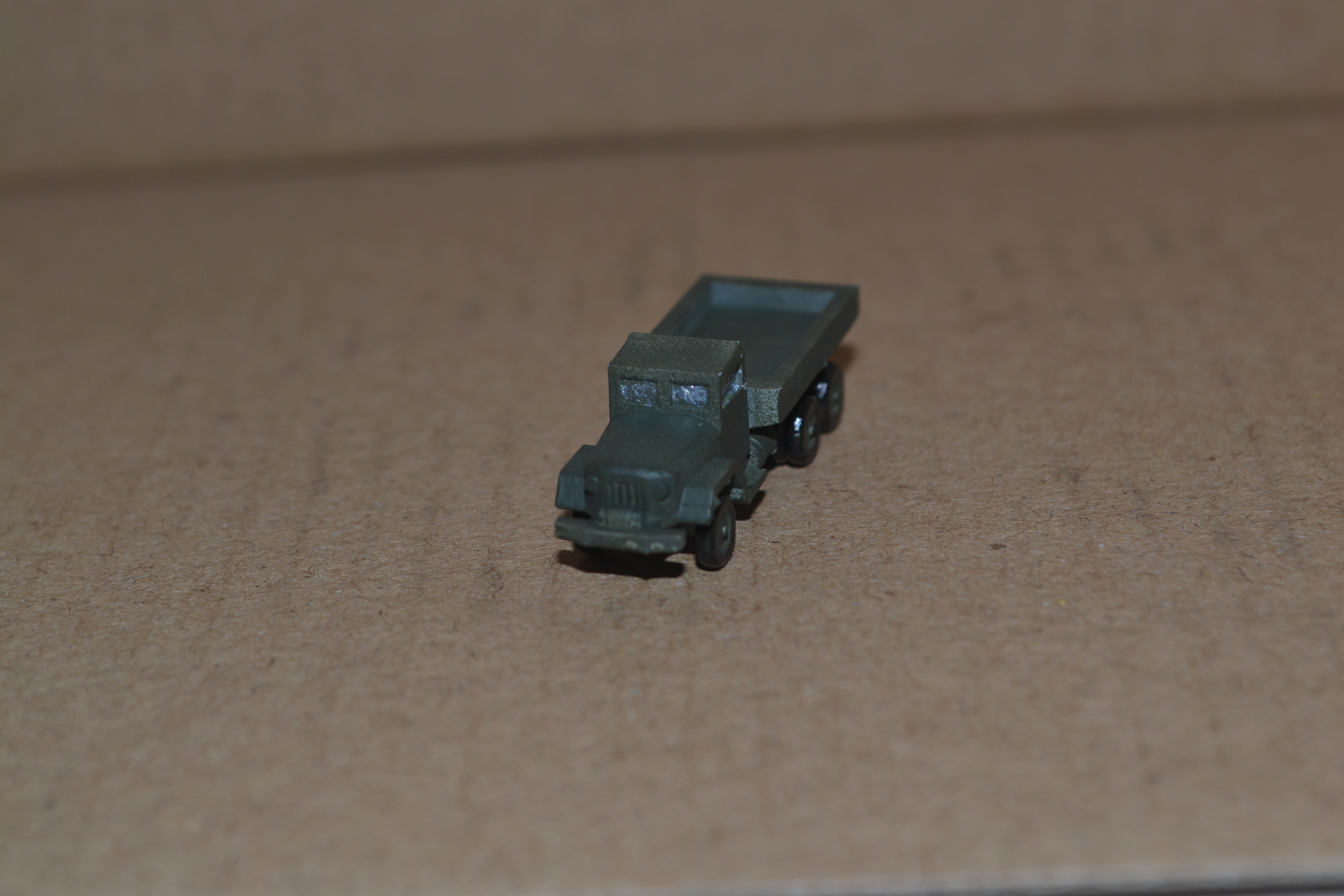
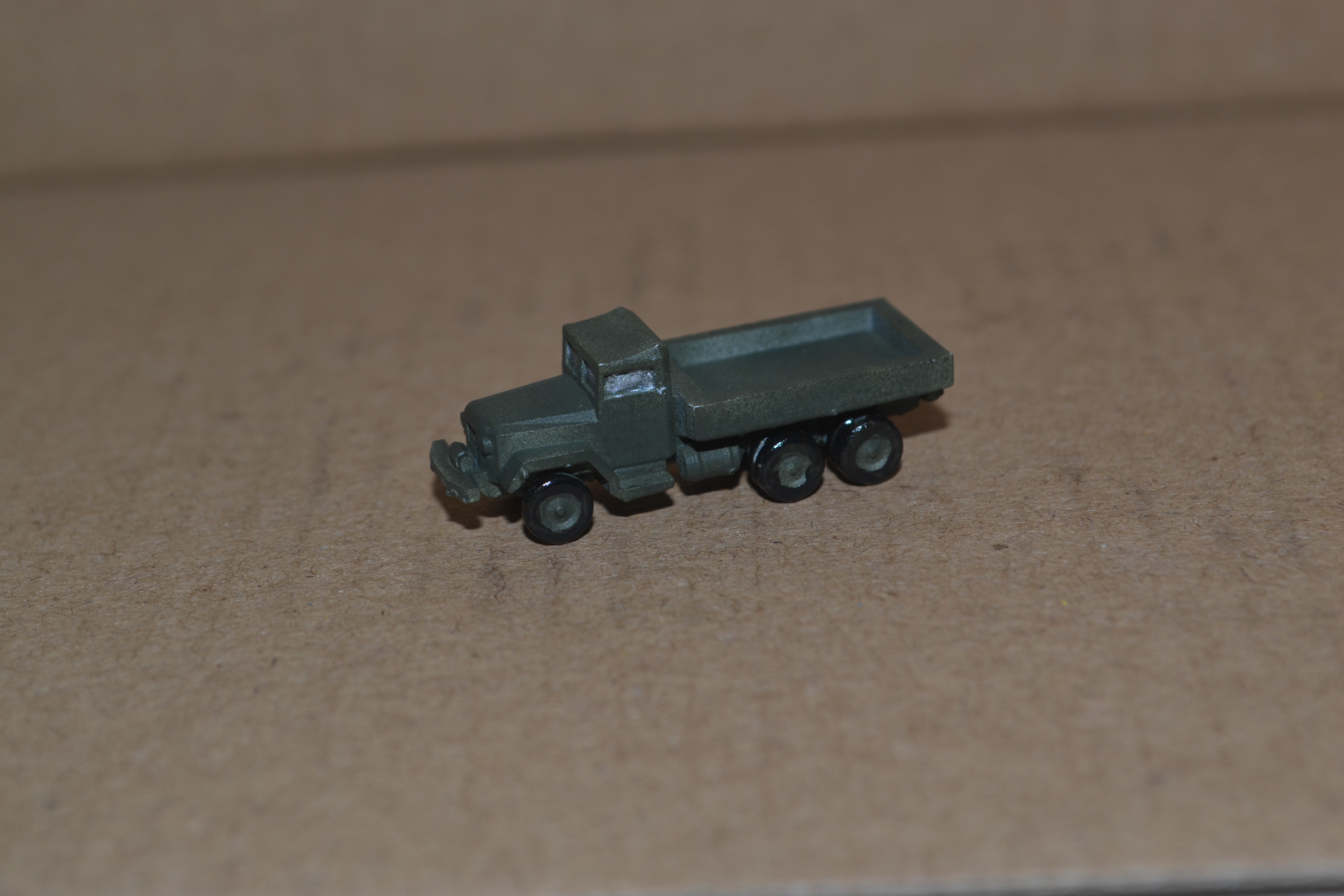
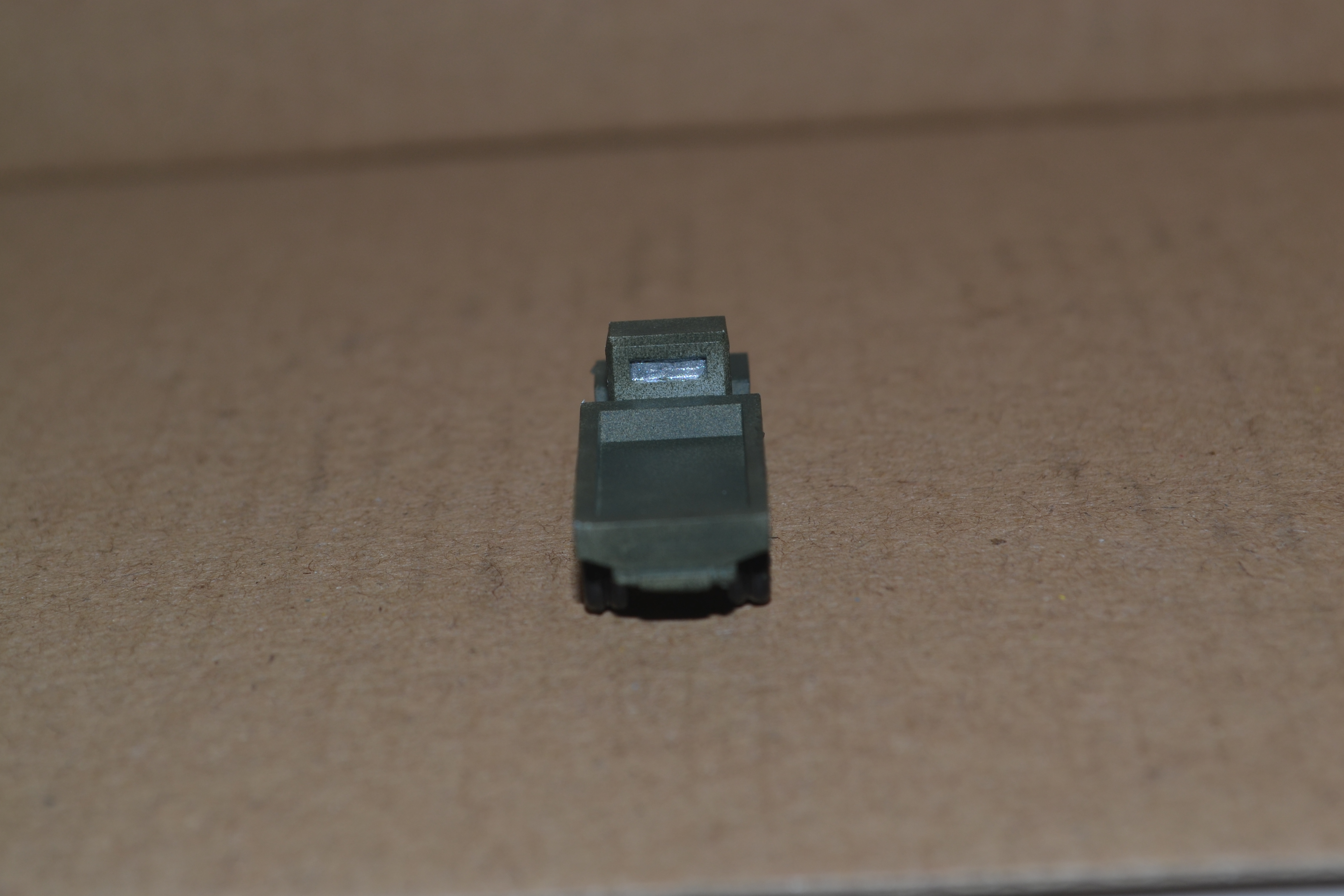
Congratulations @steampunkkaja! You received a personal badge!
Wait until the end of Power Up Day to find out the size of your Power-Bee.
May the Hive Power be with you!
You can view your badges on your board and compare yourself to others in the Ranking
Check out the last post from @hivebuzz: